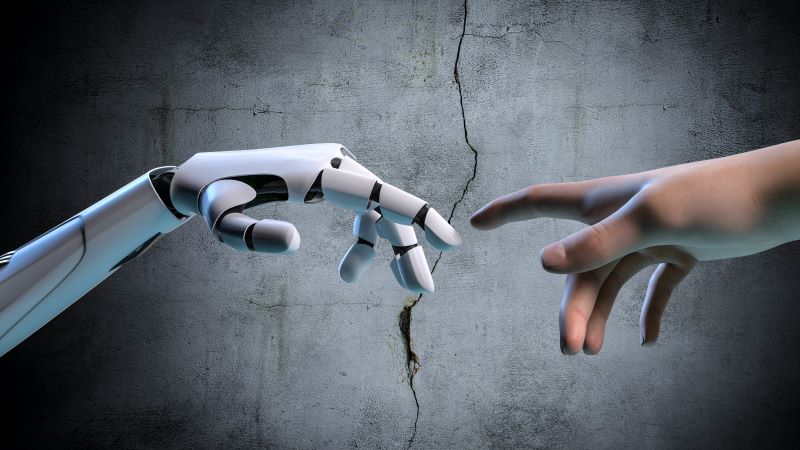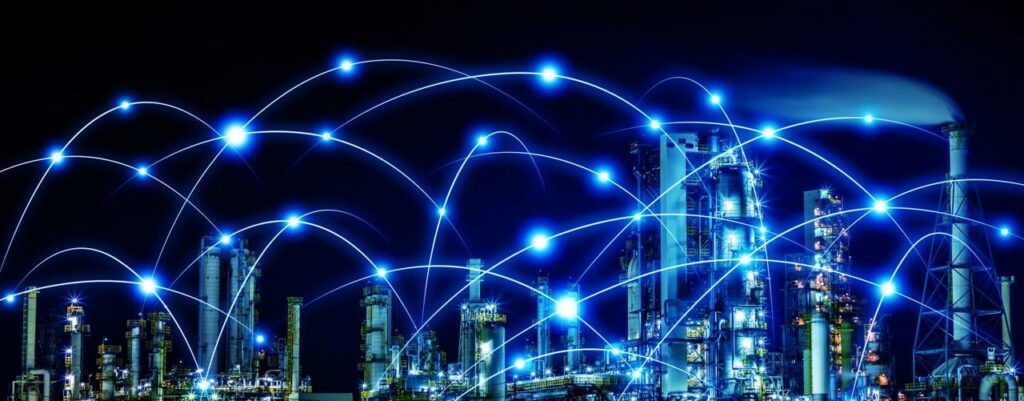Robots scream F-U-T-U-R-E for me.
If you are like me and grew up watching Arnold Schwarzenegger slashing through the silver screen, you would probably think Robots are reserved for the future. Well, guess what, Arnold came from the year 2023, and we are just 3 years shy from that…
And almost like a self-fulfilling prophecy, the year 2020 sees a phenomenon like no other that changes the course of humanity. It creates the necessity (if it wasn’t on priorities before) to explore the use of Robots / Drones in almost every area; self-distancing ambassador, remote operators, first responder, eye in the sky are just some of the applications robots are seen taking over the scene.
Safety, both in terms of safe operations and job security, quickly becomes the number 1 concern to address before people can start putting their trust in Robots and/or Cobots (Collaborative Robots) and allow it to be part of the workforce.
Now, Oil and Gas are not a stranger to the scarcity of workforce. The harsh environment that is inherent to the traditional industry such as Oil & Gas or Mining is not the most ideal place to be around for a long period of time. As people put more emphasis on safety and the quality of life, we will see fewer people who would be willing to work in such an environment. This also raises the question: Why should someone working in such a harsh environment, away from family and friends? It is no surprise that the first and most popular applications for the Autonomous Mobile Robots (AMR) are in the area of inspection and maintenance, especially to the inaccessible and hazardous areas.
Robots and AI: a match made in heaven
Autonomous Mobile Robots (AMR) in the process industry such as Oil & Gas are a new yet quickly evolving area with Robots are being developed not just for surveillance but also increasingly to conduct tasks using manipulated arms. In a recent research from IFR Report, we see a Compounded Annual Growth Rate (CAGR) of 47% between 2017-2023 in service robots. Robots together with the new digital disruption such as AI, IoT, Data Analytics, Knowledge Management – just to name a few- will change the future.
The use of mobile robots will avoid the need to put people into high-risk environments or when it is not possible for people to attend physically, due to bad weather conditions or pandemic such as COVID-19. Robots can be deployed to remote locations where it can be used to capture and transmit data that will allow decisions on asset integrity to be taken onshore without the need for staff to travel to the asset. At the same time, while data analysis will provide insights into integrity-related work scopes, the notoriously time-consuming post-processing of data is made easier with Robots’ ability to capture information in a more consistent manner, providing not just a faster time to reach insights but confidence in the insights. The knowledge captured both by humans & robots enhanced by the use of Artificial Intelligence could help to identify hidden potentials that may not be easily seen by neither human nor robot alone.
Yokogawa’s commitment to the use of Mobile Robots: Contribution to society through improvement of safety & productivity.
As a company with 100 years of history of serving the process industry, we as Yokogawa have the unwavering commitment and passion to bring safety to the workplace. It is one of the fundamental principles when we started exploring the use of Industrial Mobile Robots and will continue to be the compass as we expand in this area. Our goal is to enhance workers’ safety while ensuring the productivity and sustainability of our clients’ business through the use of Robots by applying it to relevant use cases.
One of the examples of how well-orchestrated multiple Robots/Drones fleet can contribute to the overall safety and plant productivity is to use Robots and Drones to conduct autonomous surveillance. The robots are pre-configured with a mission and attached with an array of detectors, for example, gas detectors to detect leaks, infrared cameras to measure temperature, the high definition camera to read gauges. The Mobile Robots can also be attached with microphones where they can be used to detect abnormality in noises of rotating equipment or vibration to detect excess movement. While Robots could cover the ground, Drones are typically used as an eye in the sky where they are able to use cameras and other relevant sensors to transmit video information to operators for surveillance and even mapping of assets to remote areas or areas where it is difficult or not economically viable to do accurate imaging of an asset. These are just one of the many possibilities of how robots/drones can be used to enhance human capabilities.
So, Robot: Friend or Foe?
At Yokogawa, we believe that the Human-Robot Collaboration will improve safety and maximise productivity by unleashing hidden potentials. We take the end-to-end approach on the entire lifecycle of robot deployment from consultancy and implementation, to service and maintenance. When given a dossier, we would work together with our clients to delicately turn challenges into opportunities. We leverage our domain knowledge accumulated over hundreds of years to identify the suitable areas of applications and the benefits when it is applied. We assess each robot suitability considering the various factors, with safety at the heart of it. Our vision is for humans and robots to work harmoniously to achieve a workplace that is safe, profitable, and sustainable for the future.
If you are ready to embark on this journey with us, speak to our team of consultants and we will be happy to get you on board.
Welcome to the future!
When will we reach technological singularity in the process industry?





